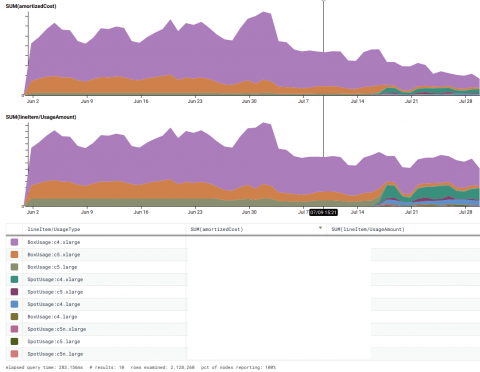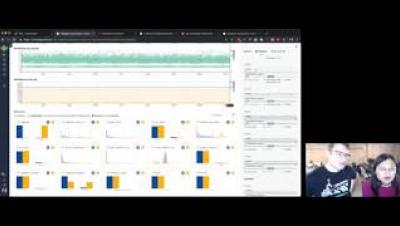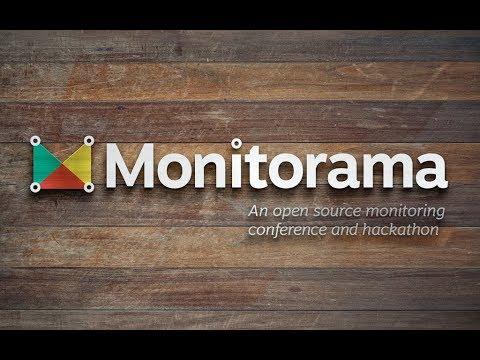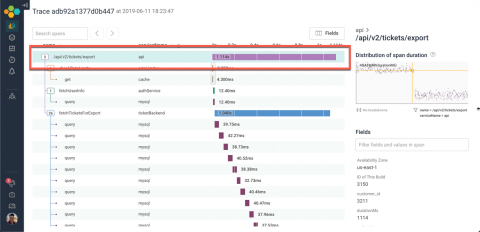Treading in Haunted Graveyards
At Honeycomb, we’ve often discussed the value of making software deployments early and often, and being able to understand your code as it runs in production. However, these principles aren’t specific to only your customer-facing software. Configuration-as-code, such as Terraform, is in fact code that needs to go through a release process as well. Lacking formal process around Terraform deployment means a de-facto process that generates reliability risk.









